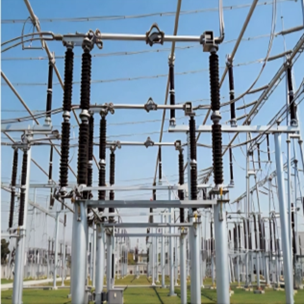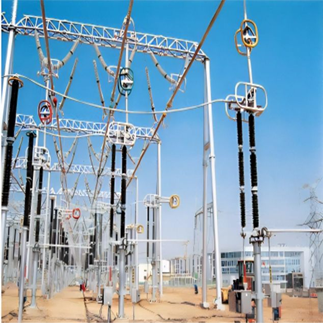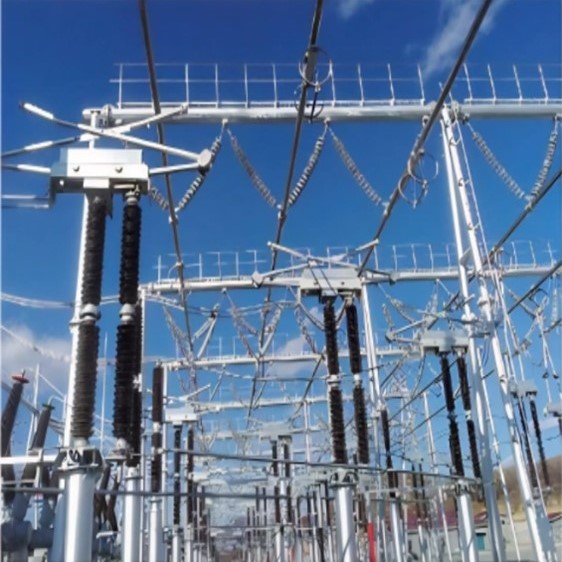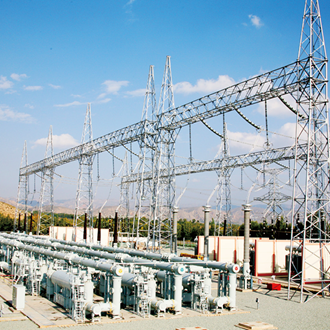Corrosion-Resistant Smart Grid Solution: High voltage Disconnect Switch Optimized for Indonesia's Tropical High Humidity and Salt Fog Environments
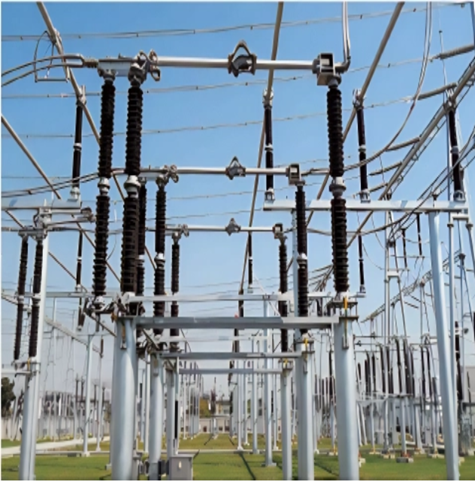
Ⅰ. Project Background
As a tropical archipelago nation, Indonesia experiences year-round high temperatures (average daily 30–35°C), high humidity (average >80%), intense rainfall, and salt spray corrosion (reaching C5-M level in coastal areas). Its power system faces severe challenges:
- Large Power Gap: Nearly 20% of the population lacks electricity access. The government plans to add 35 GW of power generation capacity, urgently requiring reliable transmission/distribution equipment including High Voltage Disconnect Switches.
- High Equipment Failure Rate: Humid-heat environments degrade High Voltage Disconnect Switch insulation (creepage due to condensation), corrode metal components (increased contact resistance), deform mechanical structures (thermal expansion/contraction), and raise overheating risks.
- High Maintenance Difficulty: Dispersed islands and inadequate infrastructure lead to short maintenance cycles and high costs for traditional High Voltage Disconnect Switch equipment.
II. Solution
(1) Material & Structural Optimization
- Corrosion-Resistant Materials:
- High Voltage Disconnect Switch enclosures use 316L stainless steel (50% better salt spray resistance vs. standard steel). High Voltage Disconnect Switch contacts feature nickel plating + nano-ceramic coating, passing 1000-hour salt spray tests.
- Insulators employ glass-reinforced polyester (operating range: -40°C to 120°C), with wet electrical strength ≥20 kV/mm to prevent condensation-induced breakdown in High Voltage Disconnect Switches.
- Sealing & Heat Dissipation:
- Dual EPDM seals + IP66 rating block moisture ingress in High Voltage Disconnect Switches. Modular compartments (busbar/mechanism chambers) prevent humid-air diffusion.
(2) Intelligent Environmental Control
- Dynamic Dehumidification:
- Integrated condensation dehumidifier (dew point ≤-10°C) auto-activates at >60% humidity in High Voltage Disconnect Switch cabinets.
- Monitoring & Alarms:
- Built-in sensors in High Voltage Disconnect Switches trigger audible/visual alarms (red light at >65% RH, buzzer at >50°C).
(3) Enhanced Electrical Performance
- Insulation & Arc Quenching:
- Increased air insulation distance by 20% for High Voltage Disconnect Switches.
- Mechanical Reliability:
- High Voltage Disconnect Switch rotating shafts use humidity-resistant lubricant coatings.
(4) Smart Maintenance System
3. Localized Support:
- Jakarta spare parts depot supports High Voltage Disconnect Switch maintenance.
III. Achieved Results
Case Study: 50MW PV Plant in Java (commissioned 2024)
|
Metric |
Before Upgrade |
After Upgrade |
Improvement |
|
High Voltage Disconnect Switch Cabinet Humidity |
>85% RH |
≤45% RH |
Zero condensation risk |
|
High Voltage Disconnect Switch Busbar Temp. Rise |
75K |
≤58K |
20% below standard |
|
High Voltage Disconnect Switch Annual Failure Rate |
8% |
<0.5% |
60% lower cost |
|
High Voltage Disconnect Switch Maintenance Cycle |
6 months |
24 months |
70% less intervention |
|
High Voltage Disconnect Switch Salt Spray Corrosion |
>30% rust area |
No visible rust |
Life extended to 20 years |
Key Outcomes:
- Enhanced Reliability: Zero High Voltage Disconnect Switch failures over 2 years.
- Cost Efficiency: 35% reduction in lifecycle costs, aligning with Indonesia’s "Golden Indonesia 2045" infrastructure goals.
- Local Recognition: Solution certified under SNI standards and endorsed by PLN (Indonesia’s state utility) as recommended specification.

